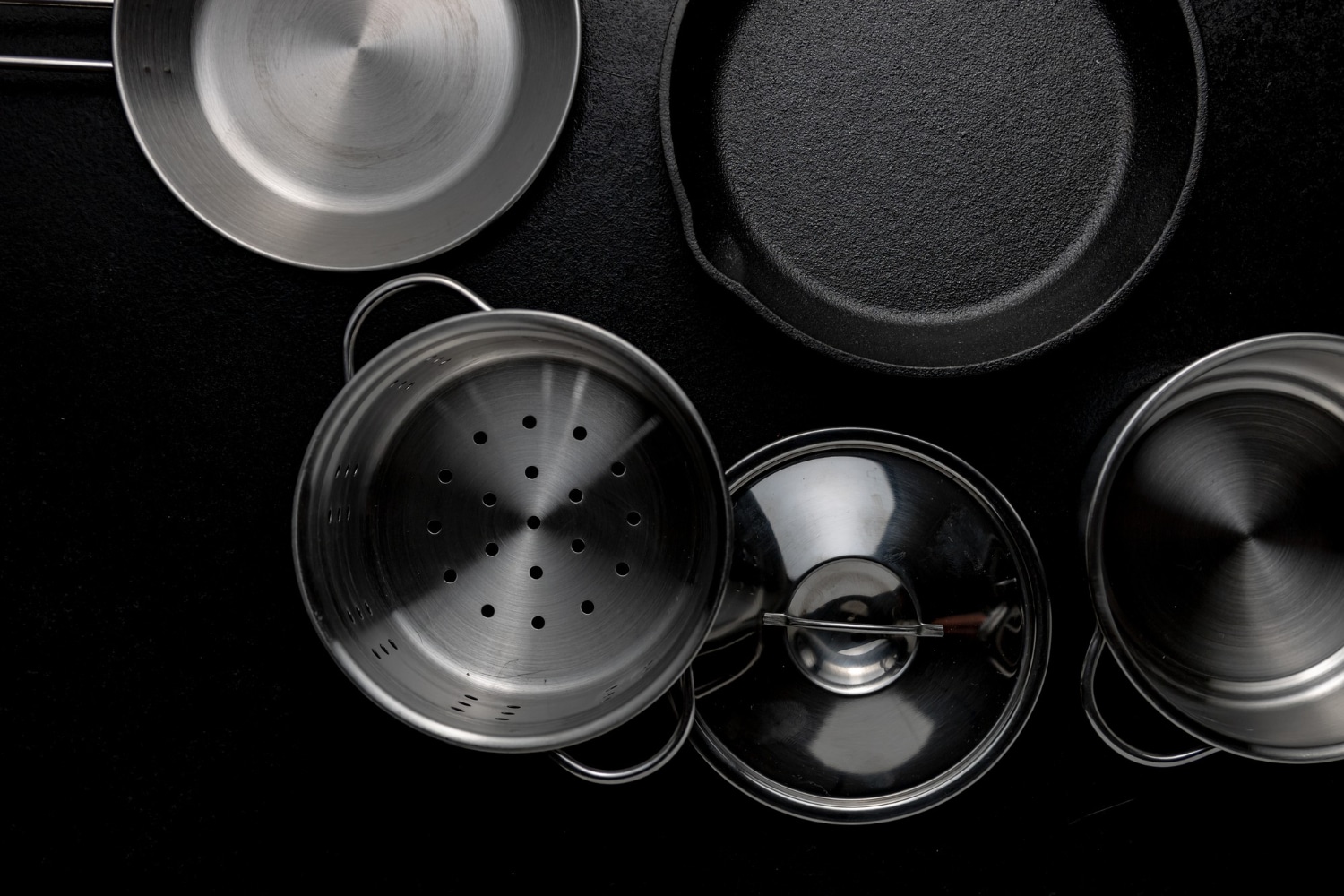Choosing the right cookware can be difficult, most especially if there are a multitude of variations. Pans, for example, has numerous variants for every cooking method available. Saucepan and skillet can be hard to distinguish—since both of the cookware has long, single handle.
Good thing, you can quickly identify the two pan variants just by checking the pan’s shape, material, and function. Distinguishing one cookware from another will give you additional knowledge on which the right pan to use on your specific cooking task. Saucepan and skillet cannot be used interchangeably, which will be explained further.
What’s the Difference?
There is a high probability that you have a saucepan and a skillet in your home, and you might fail to notice it. These two pans are confusing because they use the same kind of metals and could be available in the same diameter.
What is a saucepan?
One of the notable features of a saucepan is its considerable depth compared to its narrow base. This unique structure permits the bottom to retain heat better—while the sides help dispense heat, speeding up the cooking time.
The saucepan includes tight-fitting lids that fit snugly into your saucepan. Vapor drippings are then returned to the pot’s surface—retaining the food’s moisture. This process called condensation collects water in the form of vapor produced by enclosed, heated water.
Due to the saucepan’s shape and lid, it can heat more significant amounts of liquid. The notable feature of a saucepan is its raised, vertical sides—forming a cylindrical shape. The cylinder-shaped cookware helps retain the fluid as much as possible. It prevents vapor from quickly escaping into the pan’s surface.
What is a skillet?
Skillet is sometimes interchanged with a frying pan. In reality, the two pans have differences in structure and cooking function. Unlike frying pans, the skillet has slanted sides that provide the best surface for stir-frying and other cooking techniques that require moving ingredients.
Like frying pans, the skillet has a large, broad base that can fit large-sized protein onto the pan’s surface. This structural integrity is accountable for creating the right cookware that disperses heat directly into the food that prevents undercooking.
Sloped sides provide lesser friction into the pan’s surface, making it a suitable surface to flip your ingredients. Fish, frittatas, and omelets require slanted sides to provide a convenient cover for your food.
Can I Use a Saucepan Instead of a Skillet?
With these differences presented, you can infer why a saucepan cannot be used interchangeably with a skillet. Listed below is a comprehensive explanation of this.
- Saucepans retain moisture, texture, and color to your cooked meal—providing the best-steamed meal. Meanwhile, a skillet draws out excess liquids and allows the food to release natural oils.
- Deep-frying can be done with a skillet, but you can use the saucepan to improve this method. The saucepan’s deep surface allows oil to cover the food better than the skillet’s flat bottom.
- Since saucepans are commonly made with stainless steel, it prevents the metallic reaction from occurring. Natural acids found on several ingredients (lemon, vinegar, tomatoes) “melt” the reactive metal in this process. This produces an acrid taste that some may dislike.

